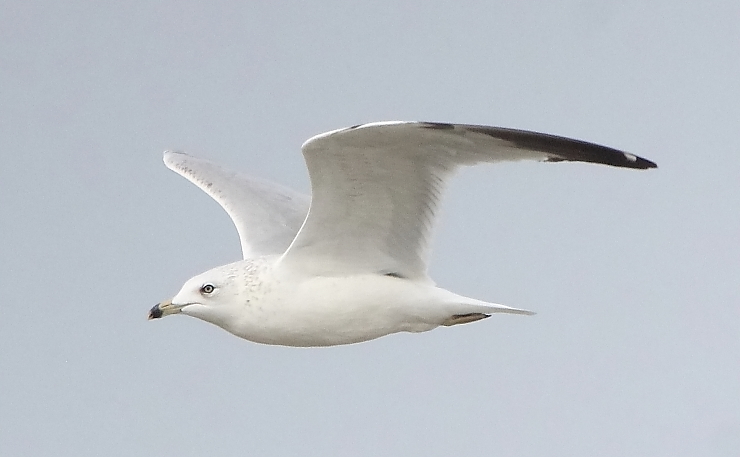
The fall of 2022 turned out to be a good time for birding and me. But I didn’t do a very good job with the follow-up tasks: processing my photos, completing my reports, and writing about them in this site. Which is why, upon reviewing my photos from my first post-Old World outing, I realized two things:
- I hadn’t attached a single photo to my eBird list.
- There were a lot of nice shots in there.
Because of point number two, I will avoid my usual wordy exposition, and go straight to the photos. These are all from Lake Cuitzeo, to which I went to see the migratory waterfowl and shorebirds that had arrived while we were in Spain and the Middle East.
I’ll start with this Cinnamon Teal. Occasionally a bird photo is more about the habitat than the bird itself.
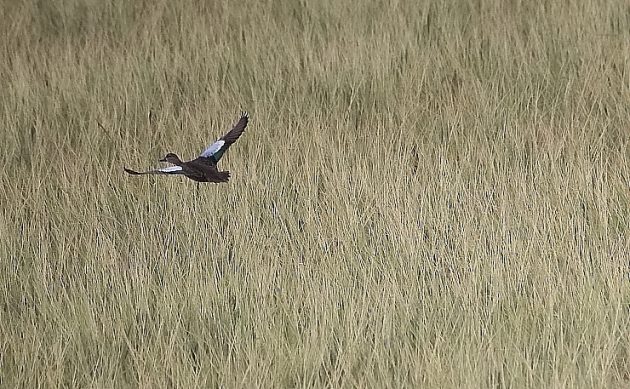
The same could be said about this shot of a Northern Shoveler.
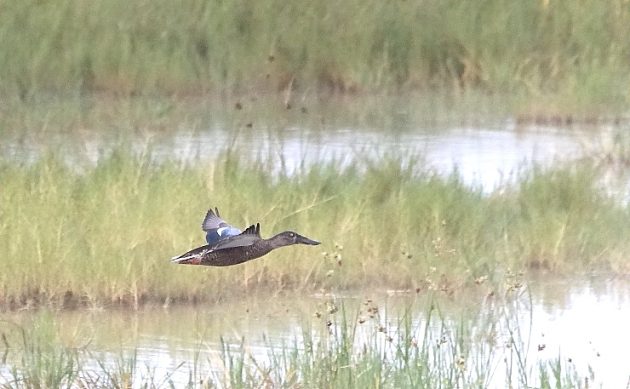
There seem to be an unusually large number of American Wigeons on the lake this winter. Which is fine… I like American Wigeons.
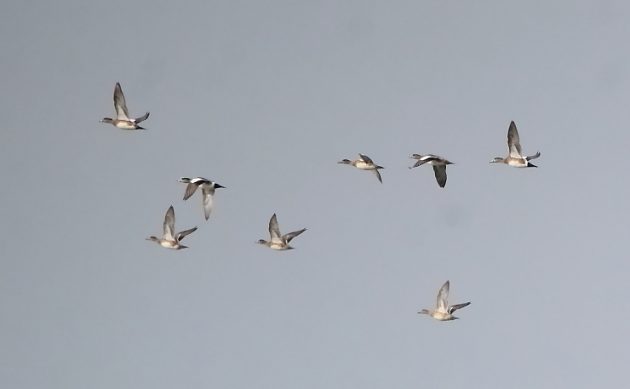
I’m also a big fan of birds lining up in pairs for purpose of comparison. These two are a Cinnamon Teal and a Blue-winged Teal.
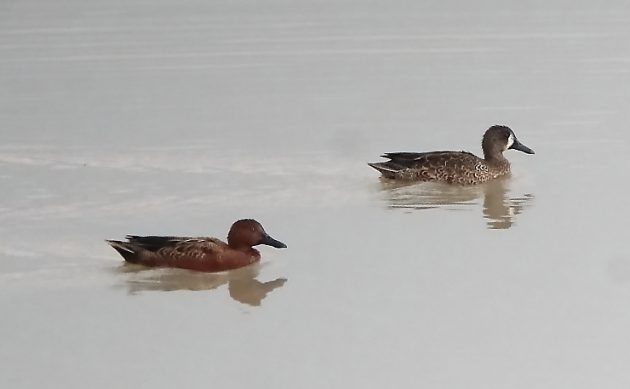
You can always count on Northern Pintails being present at the lake in winter.
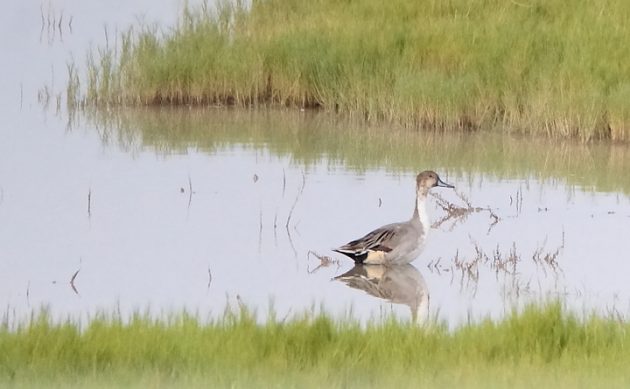
Ring-billed Gulls are the most common gulls at the lake. But they rarely fly by me at such a close distance.
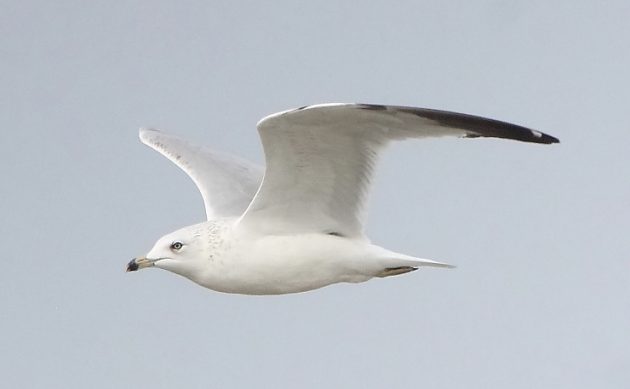
Unfortunately, Ruddy Ducks can’t always have bright blue bills. But they keep their tails stiff anyway.
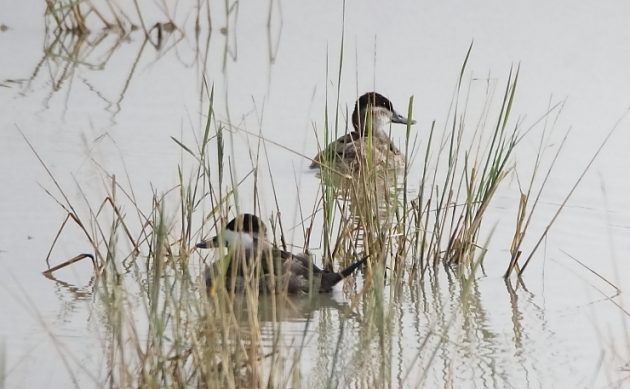
And then I came across an American Avocet, who gave me a class in the strange art of Avocet feeding.
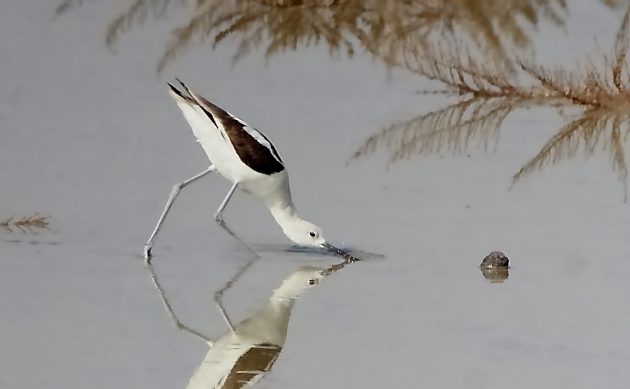
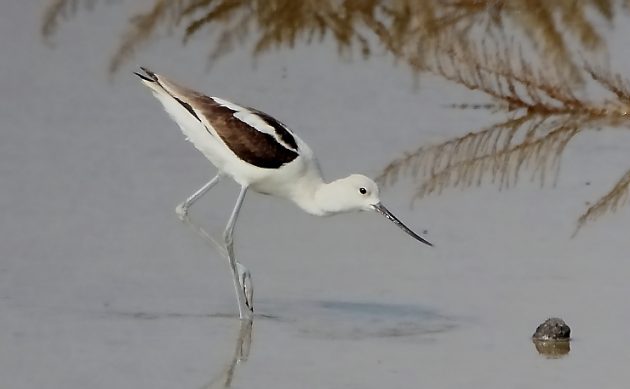
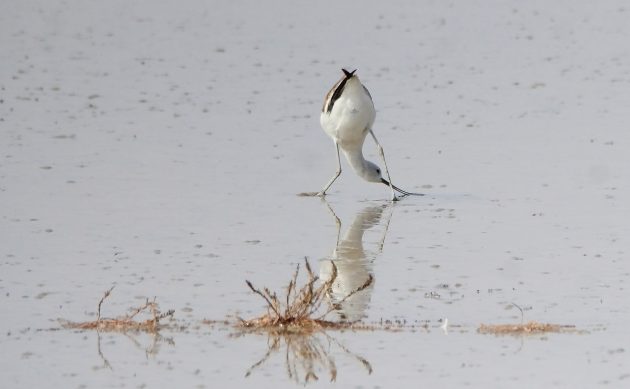
Avocets sometimes line up in a sort of sweeping, avian feeding chorus line. Several photos from this day suggest that Lesser Yellowlegs prefer the synchronized doubles event.
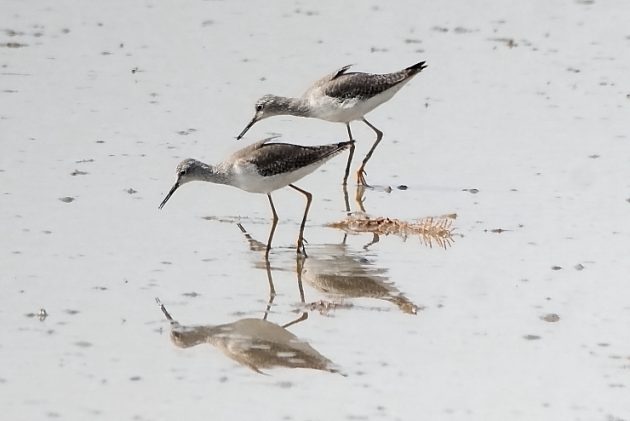
For some reason, when I see two Red-tailed Hawks flying together down here, one always seems to be a light morph, and the other a dark morph. I appreciate the diversity.
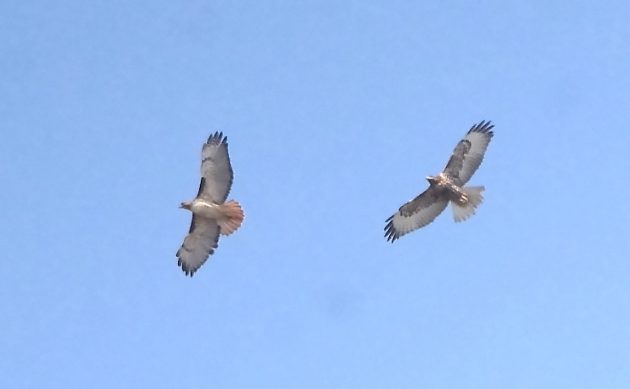
As I continued on to the north shore of the lake, a Loggerhead Shrike let me get an unusually close look.
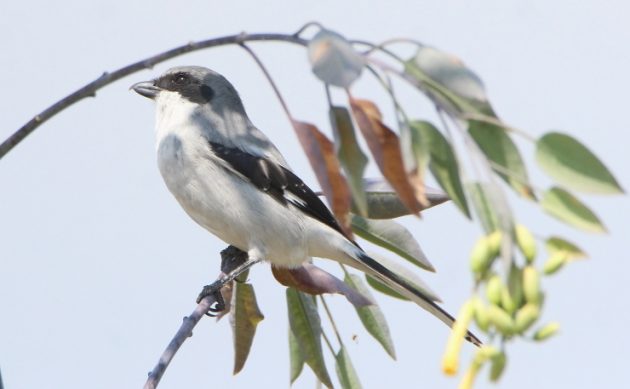
After that, it was all about the shorebirds. Some Western Sandpipers gave me a rather poetic look at them.
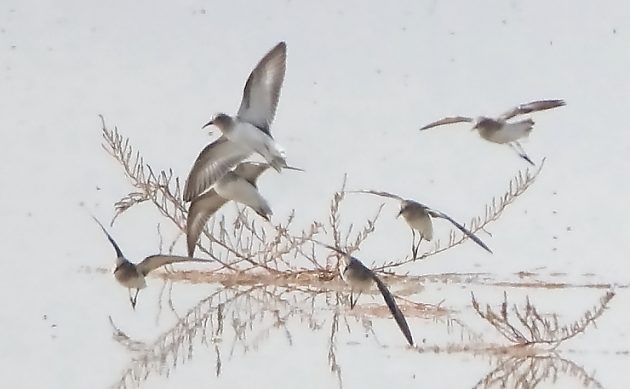
A Semipalmated Plover gave me a look that pierced my soul.
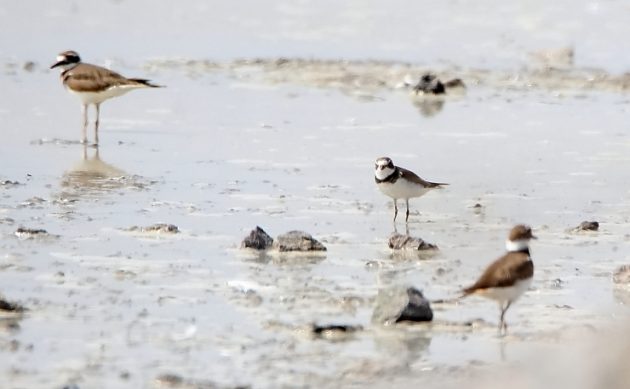
A Willet flew by, leaving no doubt that it was, in fact, a Willet. This was a bit of a privilege, since Willets usually head straight to the coast in the winter.
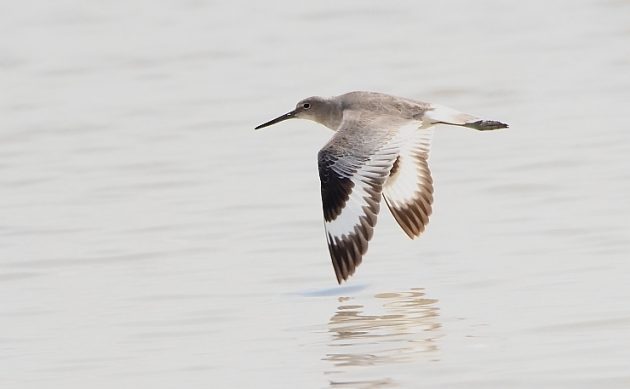
But one of the favorite sightings I may have at the lake in winter is of Wilson’s Snipes. A few birds seem to exist to help us laugh.
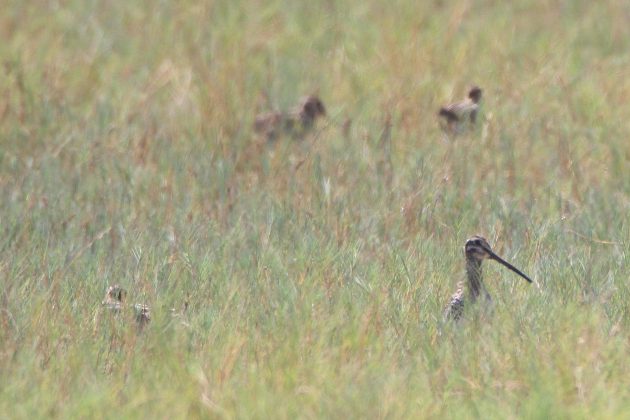













Leave a Comment